
There is no such thing as following the best practices and quick hacks. SEO is entirely based on the visitors and traffic drive on the website. So your best move should be to understand the Customer’s Behavior. What are your ideal customers’ wants, and how do you serve them.?
As in the Competitive digital landscape, the experts of Digital Marketing services in Chandigarh always strive to understand user behavior. Let’s collaborate in this blog and study how to optimize the Conversion Rate.
Understand the Conversion rate
The conversion rate is a vital metric that measures the effectiveness of your online marketing efforts. Specifically, it refers to the percentage of website visitors who take a desired action, such as making a purchase, filling out a contact form, or subscribing to a newsletter. A high conversion rate for businesses offering SEO services in Chandigarh means turning website traffic into valuable leads or customers.
A well-optimised conversion rate can significantly impact your business’s success. It means that your SEO strategies are not just driving traffic to your site but also persuading visitors to take action, whether it’s engaging with your services or products.
To enhance the conversion rate, aligning specific needs and expectations is important, which involves:-
- Precise keyword targeting.
- Informative and engaging content creation.
- Seamless website navigation.
- Compelling calls to action that motivate visitors to take that next step.
In the competitive landscape, a high conversion rate can be the differentiator that propels your business ahead, helping you not only rank higher on search engines but also achieve meaningful results in terms of lead generation and customer acquisition.
What is good conversion rate
A good conversion rate is determined by Industry standards, Digital Marketing Companies in Chandigarh, and specific business goals. On average, a 2-5% conversion rate is considered decent for e-commerce websites, while lead generation sites may aim for higher rates, around 5-10%. However, what constitutes a “good” conversion rate can vary widely depending on factors like industry, audience, and the complexity of the desired action. Ultimately, a reasonable conversion rate meets or exceeds your business objectives and outperforms your competitors. Regular testing and optimization are crucial to achieving and maintaining a solid conversion rate in the dynamic landscape of digital marketing.
How to Calculate the Conversion Rate
Calculating the conversion rate is a straightforward process. It involves dividing the number of conversions by the total number of visitors or interactions and multiplying the result by 100 to express it as a percentage. Here’s the formula:
Conversion Rate (%) = (Number of Conversions / Total Number of Visitors or Interactions) x 100
Here’s a step-by-step breakdown:
1. Determine the Metric
Decide what you consider a “conversion” based on your business goals. Conversions can include making a purchase, filling out a contact form, signing up for a newsletter, or any other action that aligns with your objectives.
2. Gather Data
Collect data on the number of conversions over a specified period. This data could come from your website analytics, marketing campaigns, or any other relevant sources.
3. Count Visitors or Interactions
Determine the total number of visitors to your website or the total number of interactions, depending on what makes sense for your calculation. This might also be available in your analytics data.
4. Calculate the Conversion Rate
Use the above formula to calculate the conversion rate. For example, if you had 100 conversions from 5,000 website visitors, your conversion rate would be:
Conversion Rate (%) = (100 / 5,000) x 100 = 2%
So, in this case, your conversion rate would be 2%.
Remember that conversion rates can vary widely depending on the industry, type of business, and the specific actions you’re measuring. Hence, it’s essential to benchmark your rate against relevant industry standards and continually optimize to improve your conversion performance.
Learn the factors to improve Conversion rate.

1. Effective Keyword Targeting
Start by conducting thorough keyword research to identify the most relevant and high-intent keywords for your business. Selecting the right keywords, closely aligned with your products or services, ensures your content resonates with the audience’s intent. Addressing their specific needs and interests increases the likelihood of attracting qualified visitors who are more likely to convert. Thorough keyword research, incorporation into your content, and continuous optimization are key steps to not only drive traffic but also maximize conversions, ultimately enhancing the success of your digital marketing efforts.
2. Optimize Your Website’s User Experience
A seamless user experience is crucial for converting visitors into customers. Ensure your website is mobile-responsive, loads quickly, and has an intuitive navigation structure. Make it easy for visitors to find the information they want and take action.
3. High-Quality Content
Content is king in the digital world. Create informative, engaging, and valuable content that resonates with your target audience. Whether it’s blog posts, videos, or infographics, content that addresses your potential customers’ needs and pain points can significantly boost your conversion rate.
4. Call-to-Action (CTA) Optimization
Your website’s Call To Action (CTA) play a pivotal role in conversion optimization. It ensures that your CTAs are clear, compelling, and strategically placed throughout your site. Use action-oriented language and create a sense of urgency to encourage visitors to take the desired action.
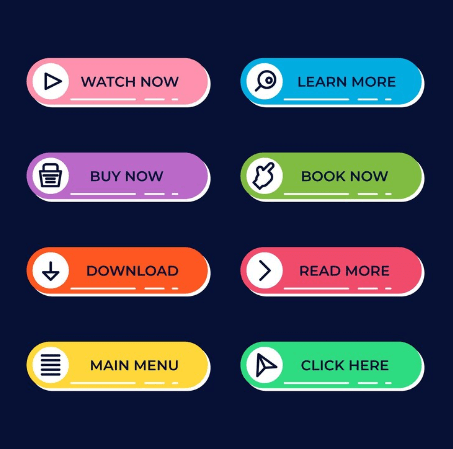
5. A/B Testing
Implement A/B testing to fine-tune your website and marketing campaigns. Test different variations of landing pages, CTAs, and content to determine what resonates best with your audience. Data-driven decisions can lead to significant conversion rate improvements.
6. Social Proof and Trust Signals
Display customer reviews, testimonials, and trust badges prominently on your website. Positive feedback and trust signals can reassure potential customers and increase their confidence in your services.
7. Optimize Loading Speed
Slow-loading websites can lead to high bounce rates and lower conversions. Optimize your site’s loading speed by compressing images, minimizing HTTP requests, and leveraging browser caching.
8. Local SEO Strategies
Invest in local SEO efforts if your business primarily serves the Chandigarh area. Optimize your Google My Business listing, ensure accurate NAP (Name, Address, Phone) information, and encourage customer reviews.
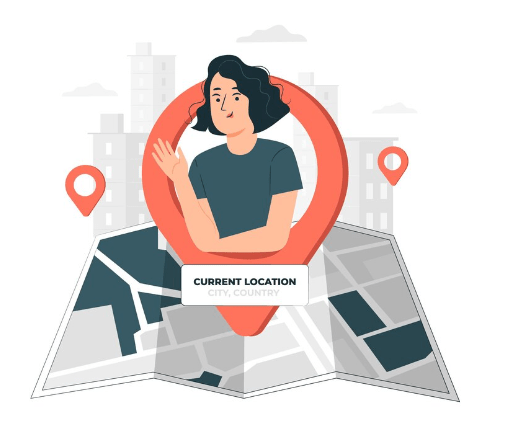
9. Continuous Analysis and Improvement
Monitor your website’s performance using tools like Google Analytics. Track key conversion metrics and make data-driven adjustments to your strategies for ongoing improvement.
At What pages should the CRO Strategy be implemented?
1. Landing Pages
Landing pages are the frontlines of your digital marketing efforts. Dedicated landing pages can significantly impact conversion rates, whether you’re running paid advertising campaigns, email marketing, or SEO initiatives for your digital marketing services in Chandigarh. These pages should be meticulously designed with a clear focus on a single call-to-action (CTA), such as signing up for a newsletter, requesting a consultation, or downloading an e-book. Key CRO tactics for landing pages include compelling headlines, persuasive content, eye-catching visuals, and user-friendly forms.
2. Service Pages
Your service pages are the core of your digital marketing services in Chandigarh. These pages should not only inform potential clients about your offerings but also drive them to take action. Optimize service pages by showcasing your expertise, highlighting case studies, and providing clear contact information. Use persuasive language to encourage visitors to reach out for more information, making it easy for them to connect with your team.
3. Contact Us Page
The Contact Us page is a crucial conversion point for any business website. The Contact Us page ensures that the page is easily accessible from your website’s main navigation menu. Include a concise and user-friendly contact form, physical location, phone number, and email address. Offering multiple contact options can cater to various preferences, increasing the chances of engagement.
4. Blog Posts
High-quality, informative blog posts can drive organic traffic to your website. However, they can also serve as conversion drivers. Include relevant CTAs within your blog content, encouraging readers to explore your digital marketing services further. CTAs might invite them to download a relevant e-book, subscribe to your newsletter, or contact you for personalized advice. Additionally, use lead magnets to capture visitor information and nurture them into potential clients.
5. Testimonials and Case Studies
Testimonials and case studies showcase your success stories and establish trust with potential clients. Strategically position these elements throughout your website, especially on service and home pages. Incorporate visuals, client logos, and compelling narratives to make them more persuasive. Highlight the results you’ve achieved for clients in Chandigarh to demonstrate the value of your digital marketing services.
6. Homepage
Your homepage serves as a digital front door. Make it inviting and informative, with a clear value proposition that resonates with your target audience. Include eye-catching CTAs that guide visitors toward your primary conversion goals, whether that’s requesting a consultation, signing up for a webinar, or exploring your services. Ensure the navigation menu is intuitive, allowing users to find what they need quickly.
7. Pricing or Quote Request Pages
If you offer digital marketing services with customizable pricing, having dedicated pricing or quote request pages is essential. These pages should provide transparency about your pricing structure, packages, and any additional services you offer to clients in Chandigarh. Make it easy for visitors to request a customized quote, and consider offering incentives for those who do, such as a free consultation or a downloadable pricing guide.
8. Thank You Pages
After a visitor converts, it’s essential to have effective thank-you pages. These pages confirm the action taken (e.g., form submission) and provide additional information or next steps. For example, if someone signs up for your newsletter, the thank you page can offer related blog posts, encourage social media follows, or provide contact details for further inquiries. Thank you pages are an often overlooked but valuable part of the CRO process.
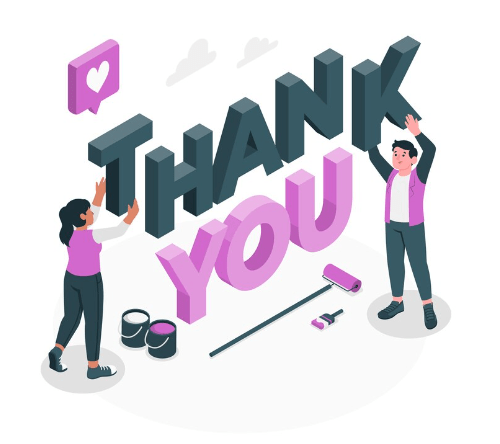
9. About Us Page
The About Us page isn’t just about showcasing your team; it’s an opportunity to build trust and credibility. Highlight your team’s expertise and experience in delivering digital marketing services in Chandigarh. Use storytelling to connect with visitors personally and demonstrate your commitment to your clients. Include CTAs encouraging visitors to learn more or contact your team.
10. FAQ Pages
FAQ (Frequently Asked Questions) pages can be conversion goldmines. Address common concerns and objections that potential clients in Chandigarh might have. Include CTAs to encourage visitors to explore your services further or contact you for clarification. Well-structured FAQs can help alleviate doubts and drive conversions.


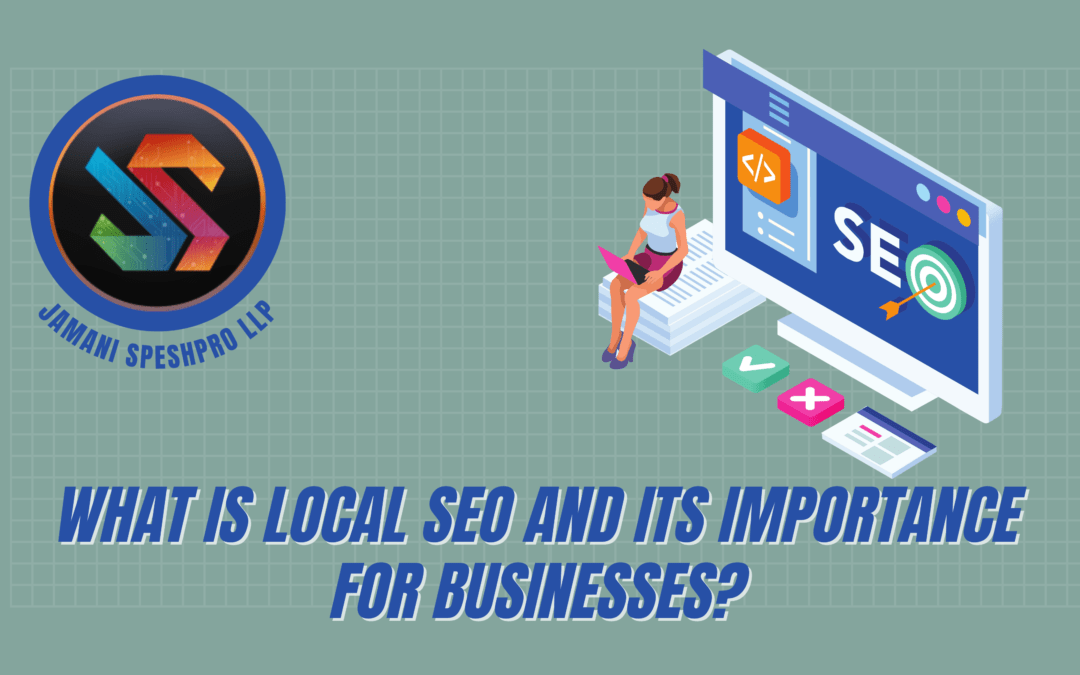
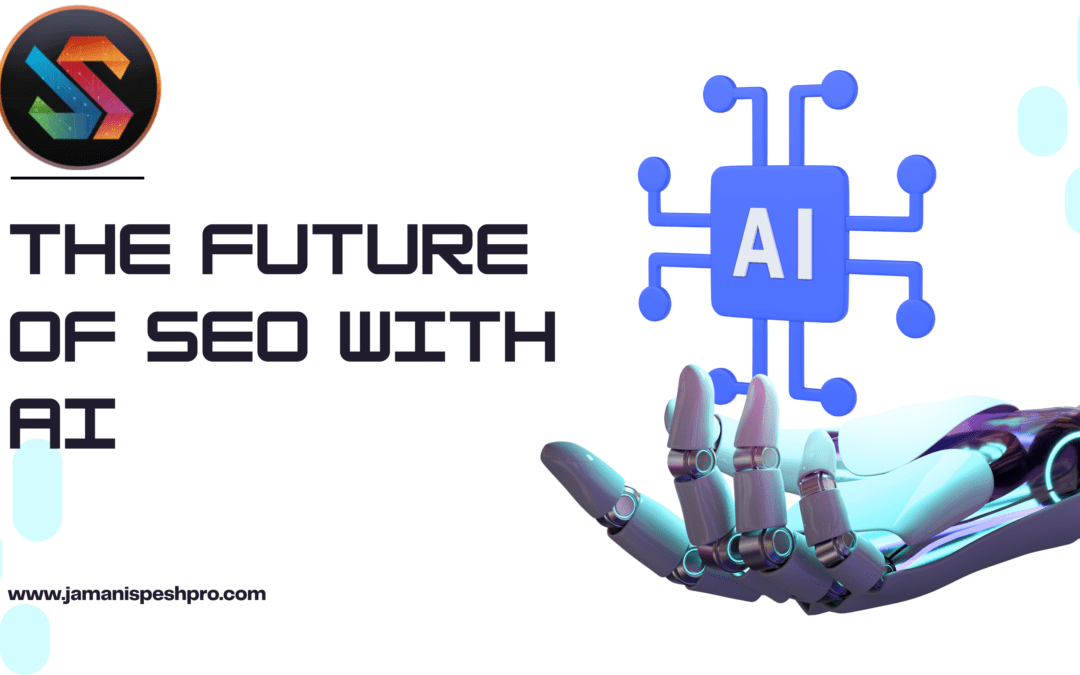

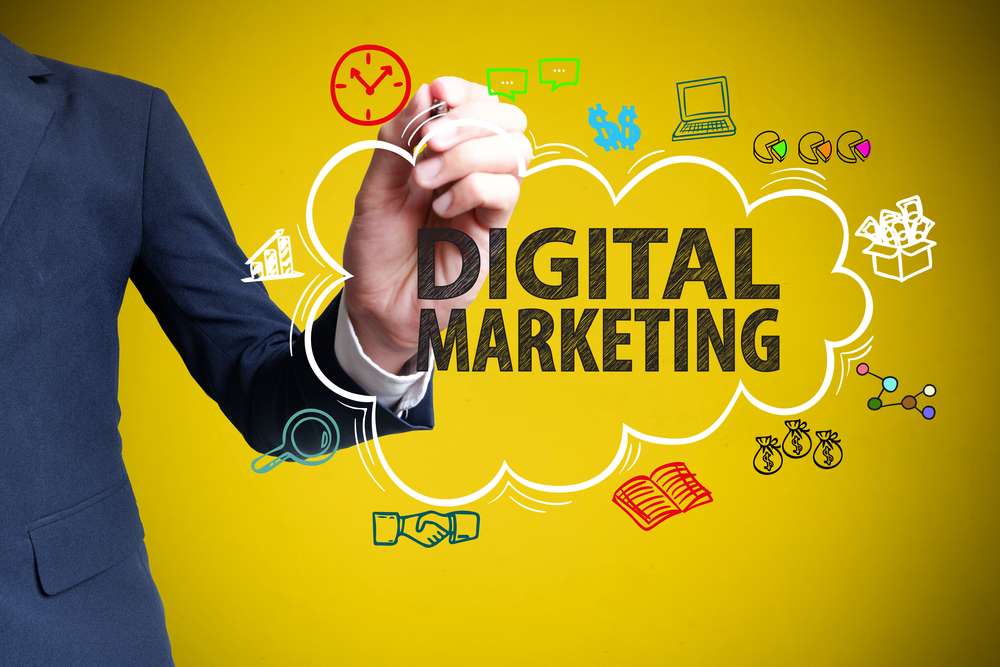






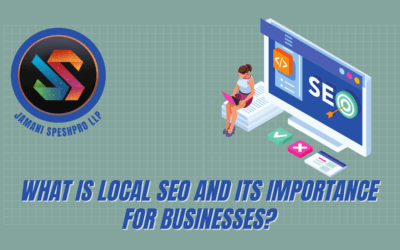

0 Comments